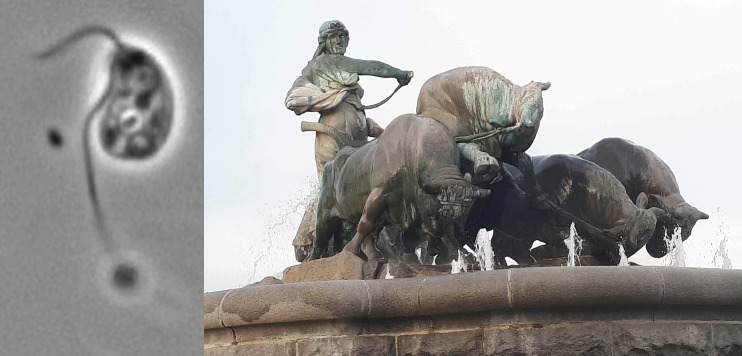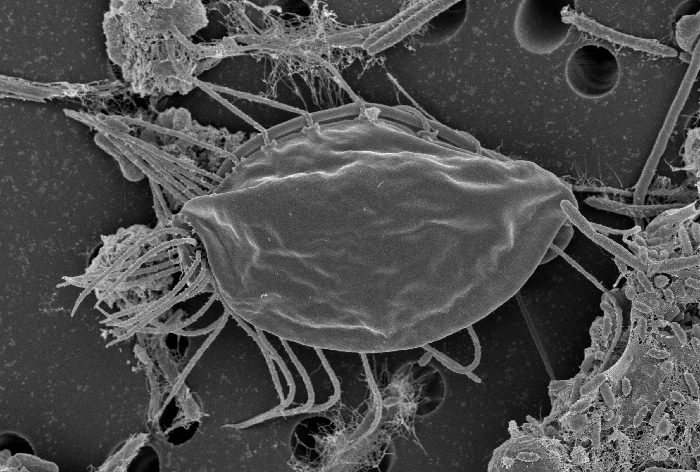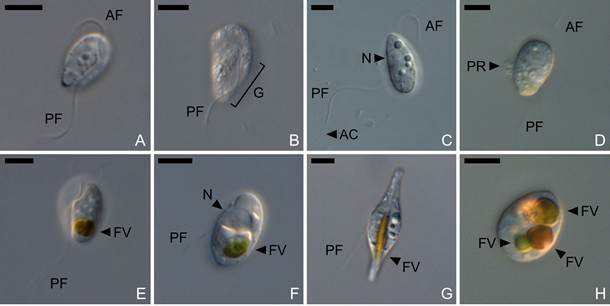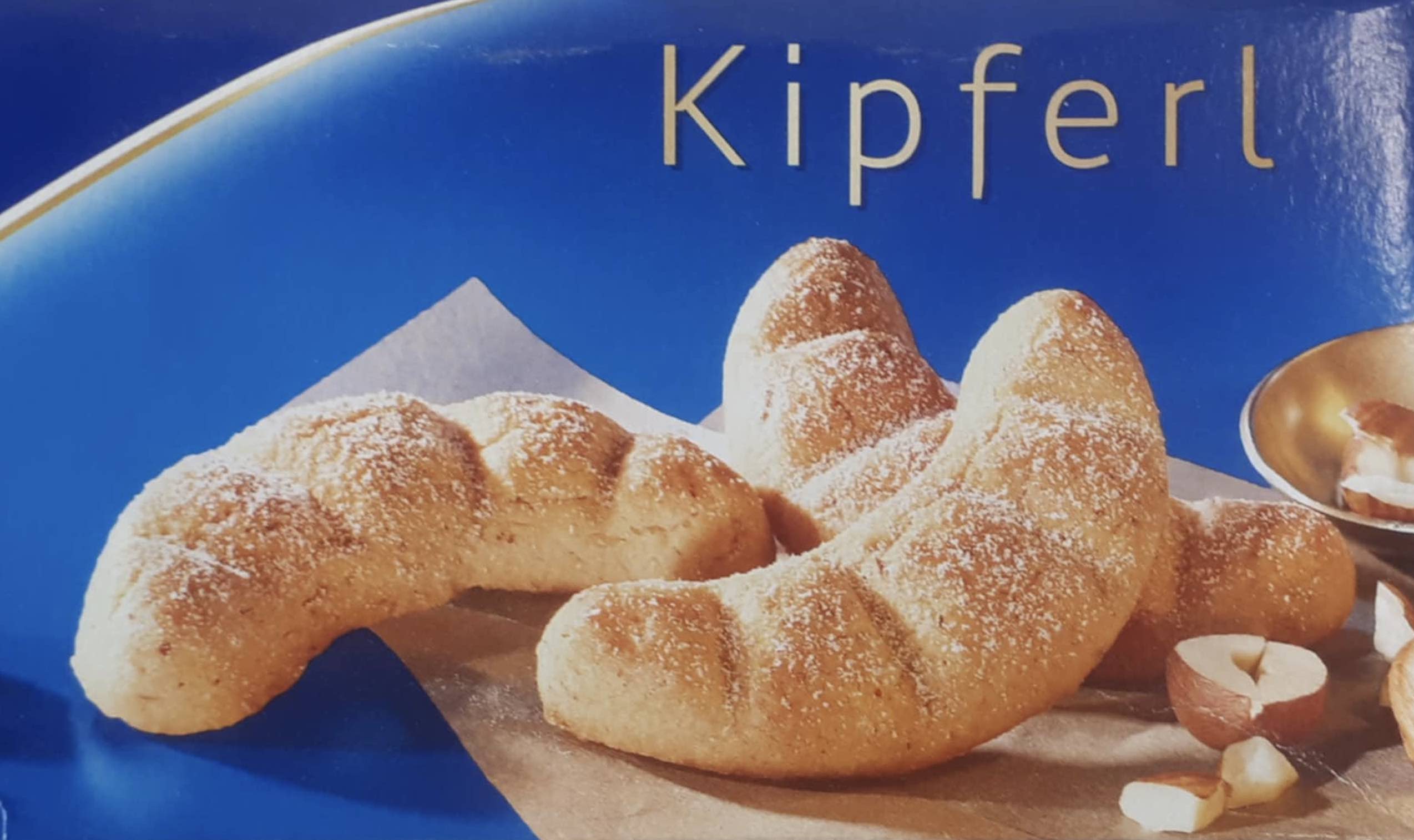What's in a name?
In the Simpson Lab we have named many new taxa over the years. Some of these names have interesting origins. Here are some of our favourites:
Ergobibamus cyprinoides
Park, Kolisko and Simpson 2010
Ergobibamus cyprinoides is a Carpediemonas-like organism. ‘‘Ergo bibamus’’ is Latin for ‘‘therefore, let us drink’’. It is the title of a poem by Goethe that expresses a similar sentiment to Horace’s Ode I.11, the original source of the phrase ‘‘Carpe diem’’— seize the day. The genus name was Martin Kolisko’s idea. The species name “cyprinoides”, means ‘‘Carp-like’’ in Latin. When first isolated, the type strain was referred to as ‘‘Carp-like’’ (CL), due to morphological similarity to Carpediemonas (not to the fish).
Gefionella
Heiss, Ekelund and Simpson 2018

Gefionella okellyi is a small typical excavate flagellate (specifically a malawimonad) that was isolated by Flemming Ekelund from a field near Copenhagen in Zealand, Denmark. Gefion is a Norse goddess associated with plowing (ploughing); According to legend, Gefion made the island of Zealand by excavating out what is now a lake in Sweden. The fountain “Gefionspringvandet” is the largest public monument in Copenhagen and includes a statue of Gefion goading her oxen with a whip as they plow Zealand into existence. The name Gefionella (‘small Gefion’) thus seemed appropriate for a small excavate(d) flagellate isolated from agricultural soil from Zealand.
Hemimastix kukwesjijk
Eglit and Simpson 2018

Hemimastix cells have two rows of several flagella running down their length and they hunt other microbial eukaryotes. This species’ name, kukwesjijk, comes from the Kukwes, a rapacious, hairy ogre from the traditions of the Mi’kmaq First Nation of Nova Scotia, Canada (and ‘-jijk’, is a diminutive plural suffix in the Mi’kmaq language). ‘Little ogres’ describes nicely the predatory and hairy nature of this flagellate, and using the Mi’kmaq language and tradition acknowledges that this species was isolated in Nova Scotia (part of Mi’kmaki). Roger Lewis and Dr Bernie Francis helped formulate the name.
Kaonashia
Weston, Eglit and Simpson 2024

Kaonashia insperata is a stramenopile flagellate of uncertain affinities that eats various marine microalgae approaching its own size. Ingesting these algae often greatly distorts the cell shape. Liz Weston named it after Kaonashi (No Face), the gluttonous shape-changing ghost from the Hayao Miyazaki film “Spirited Away”.
Kipferlia
Kolisko et al. 2010

Kipferlia bialata is a Carpediemonas-like organism, or CLO. It is a commonly encountered and easily isolated anaerobic flagellate. “Kipferln” are small crescent-shaped cookies from southern Germany and Austria. The name refers to the shape of K. bialata. This genus name was introduced in a paper with 11 co-authors, and was chosen through a complicated democratic process instigated by Alastair, where all co-authors had to rank their favourite three names from a shortlist of about ten.
Paratrimastix eleionoma
Zhang et al. 2015
Paratrimastix eleionoma is a free-living metamonad flagellate that used to be considered a freshwater form of Trimastix marina. Eventually, detailed studies of marine Trimastix marina isolates showed that the marine and freshwater forms were quite distinct, and surprisingly, were not specifically related. This entailed erecting a new species for the freshwater form (as well as moving it to a different genus, Paratrimastix). In Greek legend the “Eleionomae” were female water spirits (naiads) that lived in swamps, and deceived passing travellers. The species name refers to the freshwater anaerobic habitats where this organism is found, and also the deceptive nature of its morphological similarity to Trimastix marina.